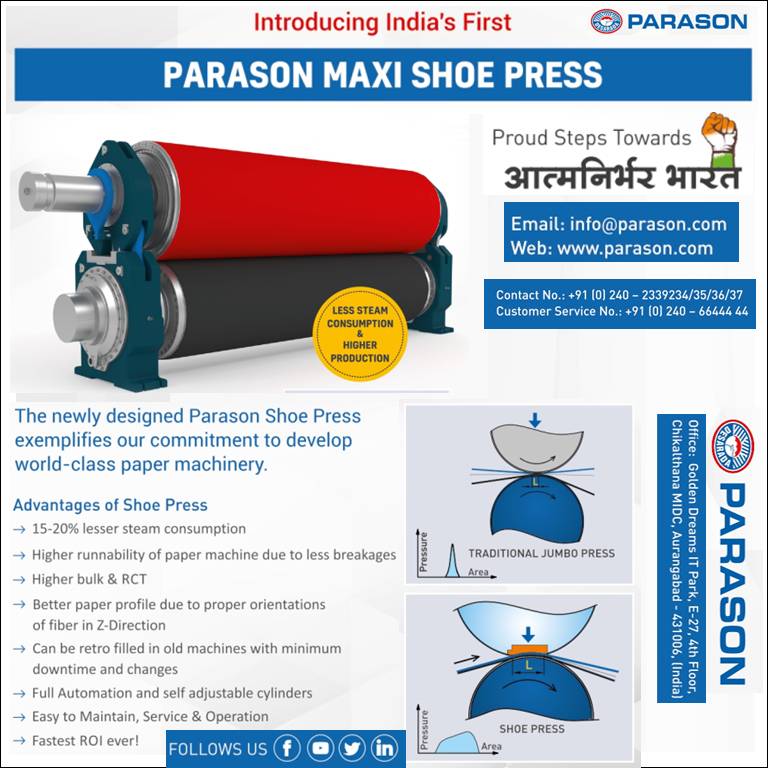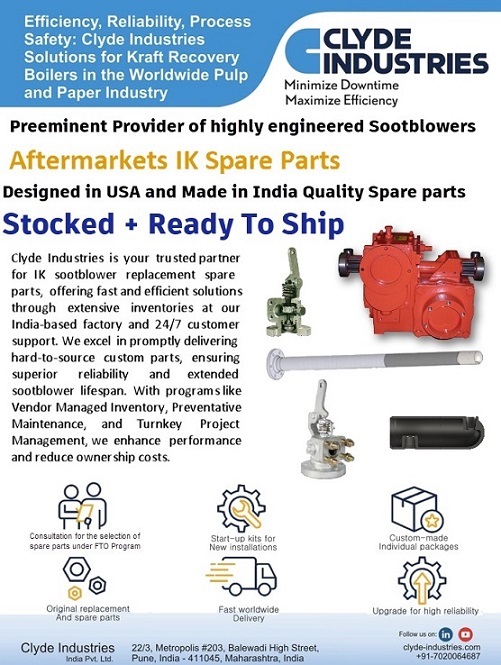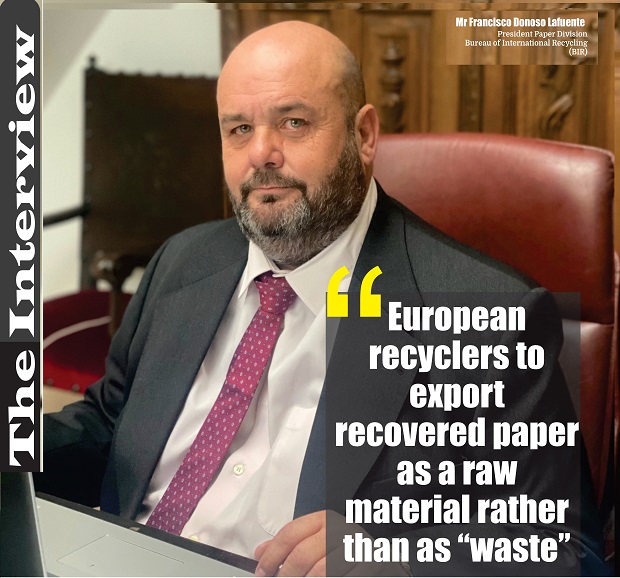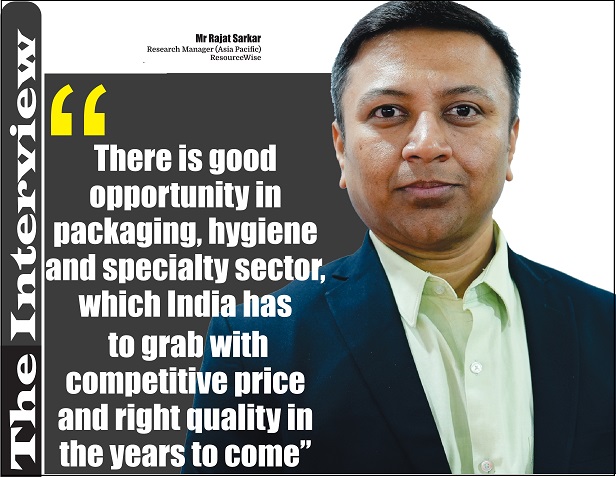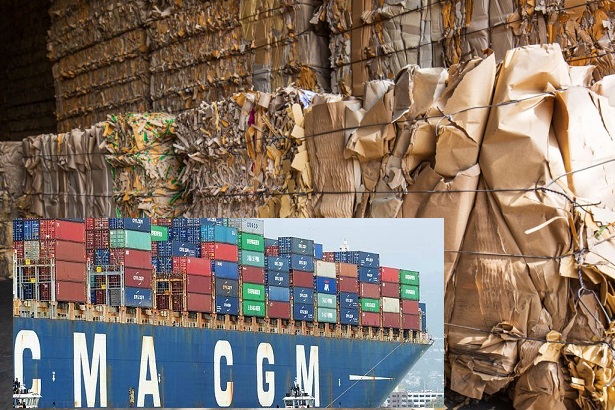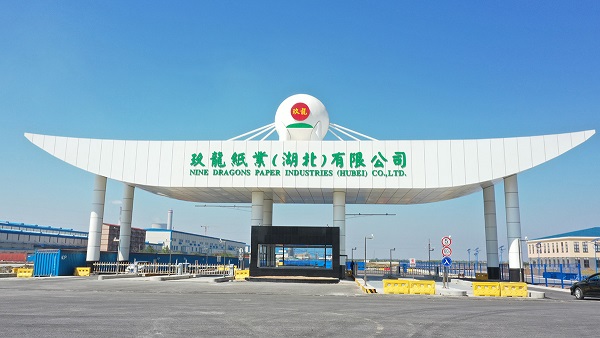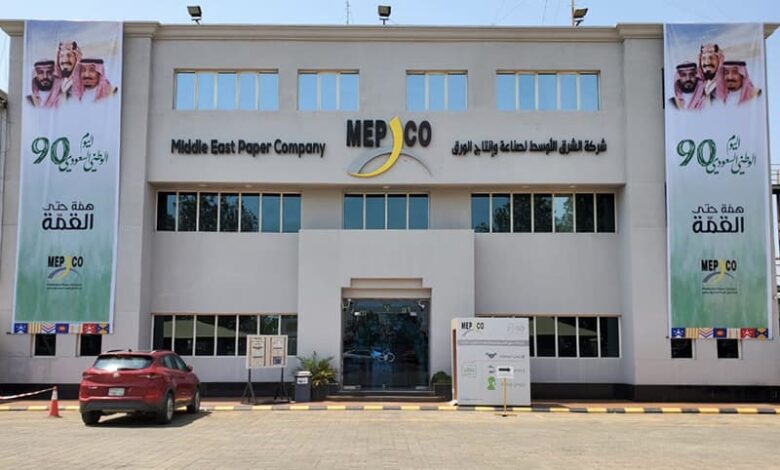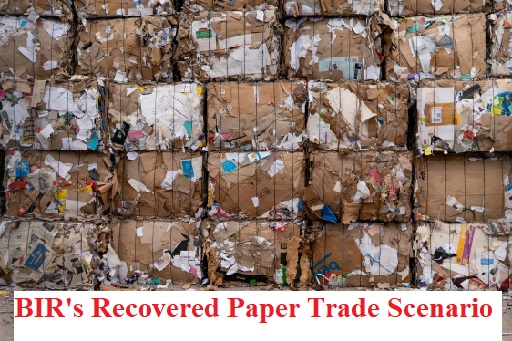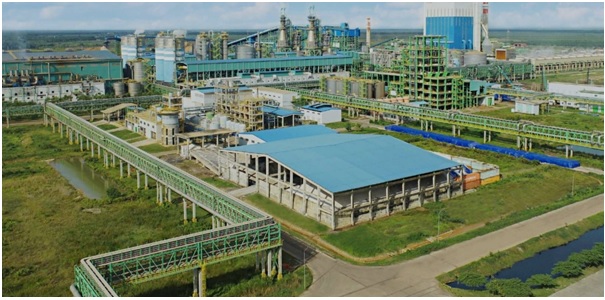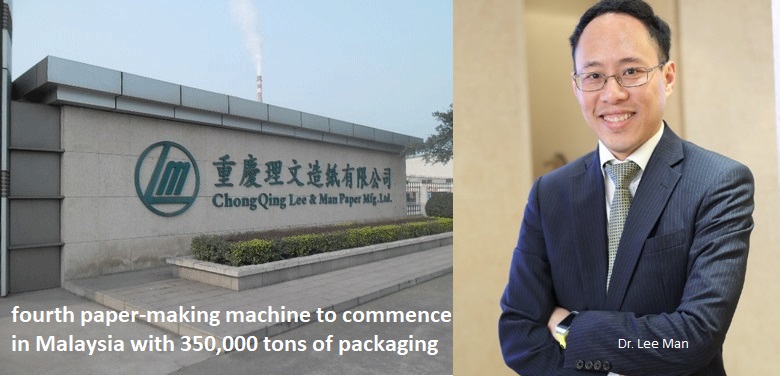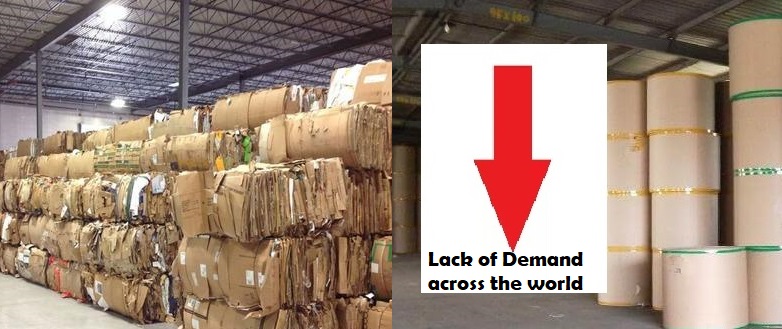Huhtamaki revenue increased by 15% in 2022, launched ICON® packaging, a breakthrough paper technology; negative demand for packaging in emerging markets
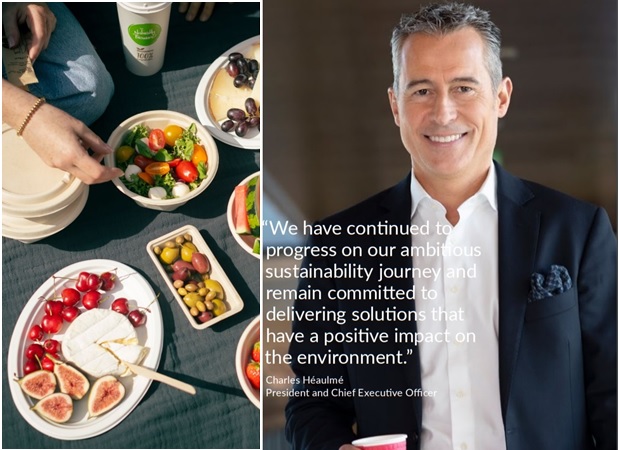
Huhtamaki revenue increased by 15% in 2022, launched ICON® packaging, a breakthrough paper technology; negative demand for packaging in emerging markets
- Huhtamaki’s proprietary water-based barrier coating with SFI-certified paperboard
- working on a number of innovations that will deliver on our major customers’ commitments to have 100% recyclable packaging by the year 2025
- The Huhtamaki Foundation’s plant in India recycles approximately 100 kilograms of post-consumer flexible plastic per hour
The Pulp and Paper Times | 2023
Packaging creates value by securing hygiene, food a vailability and food safety for consumers around the globe. With an increasing focus on the future of the planet, packaging also plays an instrumental role in reducing food waste, which today still remains the largest environmental impact from food systems on climate change by far. Thanks to today’s digital breakthroughs, packaging also offers solutions, including the traceability of products and, increasingly, circularity.
Huhtamaki is a global leader in sustainable packaging solutions, with a Nordic heritage spanning more than 100 years. Packaging creates value by securing hygiene, food availability and food safety for consumers around the world.
In his review, Mr Charles Héaulmé, President and Chief Executive Officer at Huhtamaki, said, Our ambition is to be the first choice for our customers in sustainable packaging solutions. To this end, we are accelerating the development of our different technologies and our investment in strategic capabilities, to deliver game changing innovation. We continued innovating sustainable packaging solutions, including the partnership with Nespresso who announced the launch of their compostable paper-based coffee capsules. This innovation results from the continuous development of our proprietary fiber highprecision technology, previously illustrated by the launch of fiber lids replacing the available plastic alternative in the foodservice sector.
Mr Charles further informed that Inflation affected all input costs, particularly raw materials, energy, freight and labor. We focused on pricing, an important driver for net sales growth, in addition to organic growth projects. As a result, our comparable growth reached 15%, increasing net sales to EUR 4.5 billion, and increasing adjusted EBIT by 25%. Our ability to handle adverse and volatile conditions demonstrates the agility of our team, the effectiveness of our global footprint, and the resilience of our diverse portfolio across our various technologies.
“We enhanced our focus on developing sustainable product solutions to protect food, people and the planet. Throughout 2022, demand for our products continued to improve, with differences between regions and categories, which is reflective of consumer buying decisions and continued Covid-related restrictions. In certain geographies, particularly in emerging markets, demand began to be negatively affected by the high inflation, creating pressure on consumers. On the other hand, we continued to see growth in most developed markets” he said.
The demand for Fiber Foodservice packaging continued to improve in 2022. Compared to 2021, prices of all major input costs increased significantly. Net sales in the Fiber Foodservice Europe-Asia-Oceania business increased in all main markets and was especially strong in Central and Western Europe as well as in the Middle East and Africa. Comparable net sales for Foodservice E-A-O increased by 18% and by 15% in Fiber Packaging.
lign: justify;">“We have invested in product innovation and in the increased production of advanced smooth molded fiber packaging in Europe to provide plastic-free packaging solutions. Our site in Alf, Germany has been switching its focus from plastics to smooth molded fiber (SMF) products to meet the growing demand for plastic-free alternatives for food packaging. In 2022, the unit replaced more than 2,000 tons of plastic with fiber” said by Mr Eric Le Lay, President, Fiber Foodservice EAOMs Ann O'Hara, President, North America, Huhtamaki, said our North America segment serves the retail tableware, foodservice and consumer goods packaging markets. Across these markets, an increased focus on convenience and the replacement of locally-banned foam-based packaging are supporting our growth. We have a unique set of capabilities and a track record of deploying sustainable packaging to help us capture these growth opportunities. Additionally, our strong retail tableware brand building expertise, best in class service in foodservice and complete solutions in consumer goods, combined with our know-how in a range of packaging technologies, make us well positioned in the industry for future growth.
“In September, we also launched ICON® packaging, a breakthrough paper technology, initially for use for ice cream containers and lids, which enables recycling in communities with paper product recycling programs across the United States. This is a significant breakthrough in delivering a sustainable solution for consumers, combining Huhtamaki’s proprietary water-based barrier coating with SFI-certified paperboard, and results in the entire package being made with 95% renewable biobased material. This enables the ice cream containers and lids to be recycled along with other paper products such as standard folded carton packaging” Ms Ann informed
“In 2022, we continued to drive our development roadmap for accelerating sales, production capacity and innovation in fully recyclable flexible packaging. We are working on a number of innovations that will deliver on our major customers’ commitments to have 100% recyclable packaging by the year 2025” Mr Marco Hilty, President, Flexible packaging said.
Mr Hilty added that as an exciting example of our recent launches, we announced a first-to-market sustainable innovation for the global pharmaceutical and healthcare industry. Huhtamaki's Push Tab® blister lid is mono-material PET and free from aluminum. It is designed to meet the stringent safety requirements and the needs of existing blister packaging lines in the highly regulated pharmaceutical and healthcare industry. This game- changing innovation will provide a more sustainable alternative to traditional push-through blister packaging for the growing global healthcare industry, whilst importantly maintaining functionality and efficiency.
Megatrends in Packaging
The next billion consumers will come from emerging markets
• Growing globally, the middle class is expected to increase by 1.8 billion people in the next 10 years • Coming from China, India, Southeast Asia and, in the longer-term Africa
• Demanding safe access to affordable food every day, enabled by packaging
• Driving the need for local scale and cost competitiveness
Sustainability will drive innovation and collaboration
• Increasing consumer sentiment and regulation globally, demanding circularity and plastic substitution solutions
• Driving a need for innovation in products and business models, creating better and smarter packaging
• Requiring greater investment in infrastructures for recycling, incentivization to drive consumer behavior, and better regulation to enable innovation
• Requiring us to collaborate across the value chain to address challenges in the development of a circular economy and be part of the solution
The future consumer will require packaging to be smart, individual and sustainable
• Increasing appreciation of convenience and traceability of e.g., product origin
• Growing awareness of personal and environmental well-being
• Emerging demand for brands and models with room for self-expression in food delivery, fast-moving consumer goods and retail
Digitalization will influence packaging and the way we do business globally
• Digitalization will accelerate, creating demand for smart packaging for both product traceability and consumer engagement
• Digital technologies and data will reshape operations and processes globally
• Digitally enabled business models will emerge, including better integration across the value chain e.g. for recycling
“We want to drive a more regenerative agenda, as post-consumer packaging is a valuable secondary resource. To address gaps in today’s recycling systems, we have invested in stand up scalable recycling pilots. The Huhtamaki Foundation’s plant in India recycles approximately 100 kilograms of post-consumer flexible plastic per hour. Another key initiative is The Cup Collective, focused on the recycling of paper cups. Built together with Stora Enso, this open-source solution invites organizations across the value chain to join and be a part of the solution” Mr Charles said in the annual report for FY 2022.
Digitalization
The report says, In 2022, Huhtamaki went live with its Huhtamaki B2B e-commerce solution, which received great customer feedback. Automated customer transactions and analytics-driven customer quotations are other exciting areas in the making. We have initiatives accelerating data-driven decision-making across the company and the acceleration of World-Class Operations through digitalization. Exploring new business models is centered on use cases linked to Connected Packaging, aimed at sustainability, value chain transparency and consumer engagement.
Technology platforms are a vital part of our digitalization strategy to enable scale advantages and data harmonization while allowing local flexibility. In 2022, we have gone live with our first Oracle Fusion cloud implementation, and we will continue to scale our Microsoft Azure data and analytics cloud capabilities. We also added additional platform capabilities such as commercial analytics and e-commerce.
Web Title: Huhtamaki revenue increased by 15% in 2022, launched ICON® packaging, a breakthrough paper technology; negative demand for packaging in emerging markets



 Join WhatsApp Group
Join WhatsApp Group Join Telegram Channel
Join Telegram Channel Join YouTube Channel
Join YouTube Channel Join Job Channel (View | Submit Jobs)
Join Job Channel (View | Submit Jobs)




